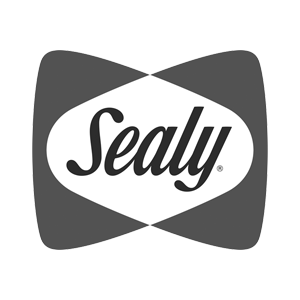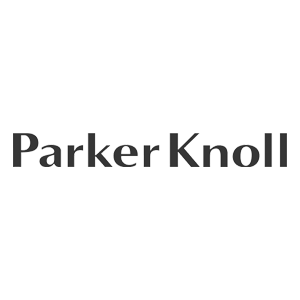Believe it or not - some of our smallest pairs of scissors are involved in the manufacturing of tooling used for subsea pipe laying.
As the dedicated UK suppliers for ELK Scissors, we are proud to supply ELK 90mm/3.5" Double Pointed Curved Blades and ELK 110mm Curved Pointed Bladed Scissors to a large UK-based manufacturing company who specialise in end-to-end rubber moulding and anti-vibration solutions; who have partnered with a Scottish engineering company, delivering complete turn-key engineering solutions, in subsea pipeline fabrication technology for the Oil & Gas industry. Quality and reputation matters, so they rely on partnerships across the whole supply chain that have the best solutions and the ability to deliver.
That is where we step in, the manufacturing process requires scissors that would complement the high-grade materials that is used in their moulding solutions and provide, not only a safe and easy cutting system for their hand-trimmed components but an excellent quality finish after the first use.
Subsea gas pipelines account for 45% of natural gas exports to Europe and there are over 6,000 kilometres of pipelines laid at the bottom of the North Sea, some of which have been there for 40 years already!
The technology used to lay these pipelines is incredible and way more technical than you would believe, as the majority of the pipeline construction is performed out at sea.
Once the seabed has been carefully surveyed for obstacles - including sunken ships, ammunition and more natural objects such as boulders, land fall trenches and large areas of rock, a route is mapped. This route could include a number of bypasses (depending on the obstacles in place) and areas on the route are identified where the pipelines should be buried or backfilled.

Pipes are laid along the route on the seabed by special pipelaying vessels - huge floating platforms (also known as houses) which can accommodate hundreds of people at a time. These platforms are accompanied by teams of specialist barges who provide a continuous supply of pipes, each floating platform is supplied with 12 hours stock of pipe at any one time.
But HOW are the pipelines laid?
Special conveyors are installed on the pipelaying vessels, where pipes are also welded (and ultrasonically tested) then coated in an anticorrosion material before going into the sea.
There are a great deal of technicalities involved in this process, but essentially these conveyors feed the pipes towards a specialist piece of equipment called a Stinger (seen below), which is immersed in the water at an angle, over which the pipes are gradually lowered onto the seabed, which are then fed along the mapped route.

A fun fact to end our blog...
Did you know, subsea pipelines often lie on the seabed under their own weight. They don’t need to be fixed! This is because each pipe often weighs up to several tons. Some pipes are backfilled with ground in some locations, such as areas of landfall on the seabed surface to ensure the stability of the pipe along its route.













